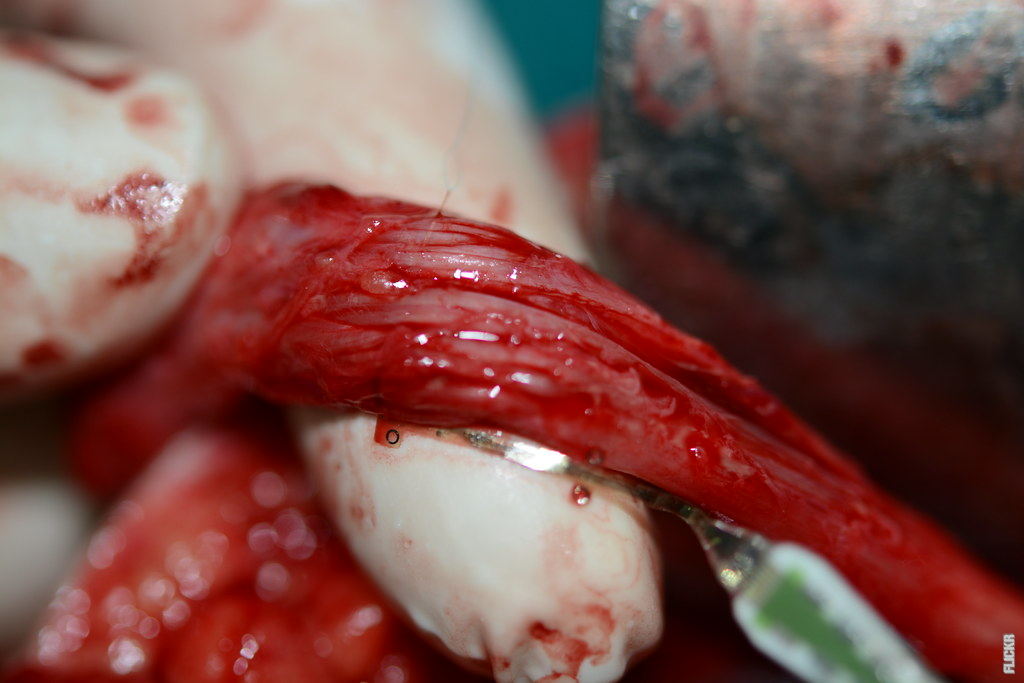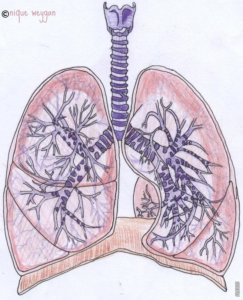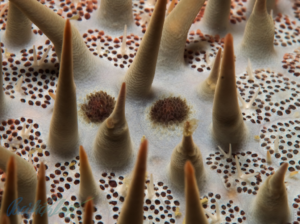Exploring the Intricacies of the Peripheral Nervous System
The human body is a complex network of systems working together to sustain life. One of the most fascinating systems is the peripheral nervous system, which plays a crucial role in transmitting signals between the brain, spinal cord, and the rest of the body. Join us on an extraordinary journey as we delve into the intricacies of this remarkable system.
The Gateway to Sensation and Movement
The peripheral nervous system serves as the gateway to sensation and movement. It consists of a vast network of nerves and ganglia that extend from the central nervous system, branching out into every corner of the body. These nerves are responsible for relaying information from the external environment to the brain and spinal cord, allowing us to sense and respond to the world around us.
Two Divisions, One Purpose
The peripheral nervous system can be divided into two main components: the somatic nervous system and the autonomic nervous system. The somatic nervous system controls voluntary movements and transmits sensory information, enabling us to feel the touch of a loved one or enjoy the beauty of a sunset. On the other hand, the autonomic nervous system regulates involuntary functions such as heart rate, digestion, and breathing, ensuring our bodies maintain a state of balance.
Unveiling the Wonders of Nerve Cells
At the core of the peripheral nervous system are specialized cells called neurons. These remarkable cells are responsible for transmitting electrical impulses, allowing communication to occur within the nervous system. Neurons come in various shapes and sizes, each with a unique function. Sensory neurons, for example, carry signals from sensory organs to the brain, while motor neurons transmit signals from the brain to muscles and glands. Together, they form an intricate web of communication that keeps our bodies functioning harmoniously.
Adaptation and Regeneration
The peripheral nervous system possesses an astonishing ability to adapt and regenerate. Nerves have the capacity to modify their structure and function in response to changes in the environment or injury. This remarkable plasticity allows individuals to recover from traumatic events and regain lost sensory or motor functions. Scientists continue to explore the mysteries behind this regenerative power, paving the way for groundbreaking advancements in medical treatments and rehabilitation.
Post
Post
Protecting the Wonders Within
The peripheral nervous system, like any precious treasure, requires protection. Surrounding and safeguarding the delicate nerves are layers of connective tissues, known as fascicles. These protective layers not only provide physical support but also ensure the smooth transmission of electrical signals. Additionally, the immune system plays a vital role in defending the peripheral nervous system against potential threats, keeping it safe from harmful pathogens.
A Lifelong Journey of Discovery
The peripheral nervous system is a constant source of wonder and discovery. As we continue to unravel its mysteries, we gain a deeper understanding of our own existence. From the delicate touch of a newborn baby to the resilience of an athlete overcoming adversity, the peripheral nervous system is the silent hero behind every extraordinary feat. Join us on this lifelong journey of exploration and appreciation for the intricate workings of our remarkable bodies.



